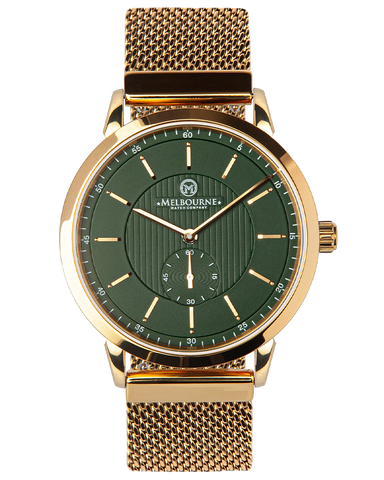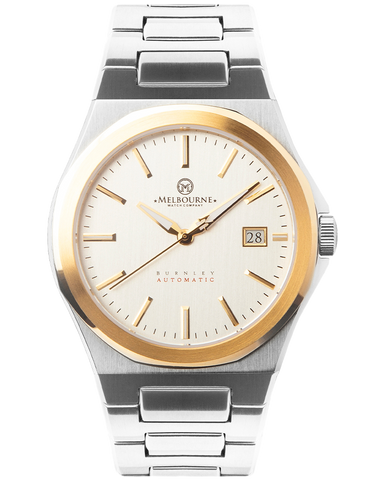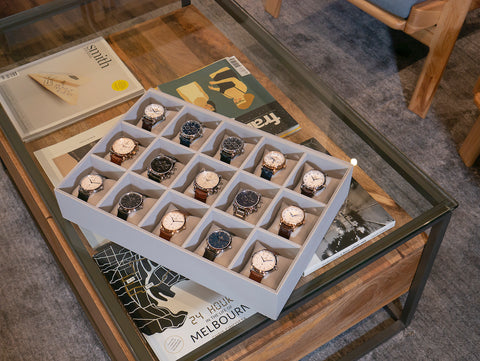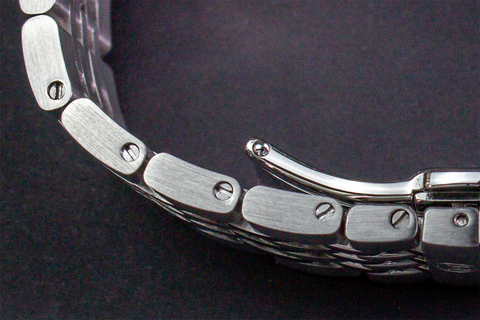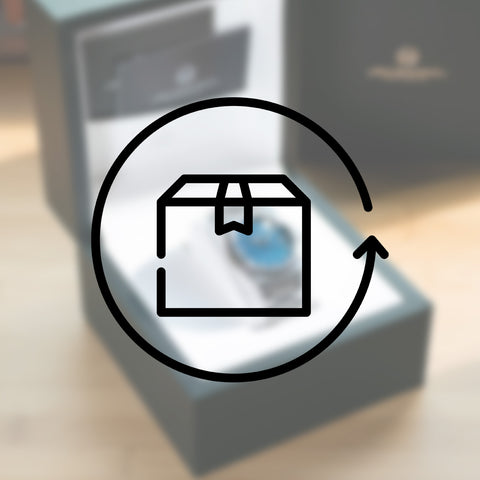Movements? Lugs? Crowns? These are just a few of the common terms that get thrown around frequently when discussing the world of watches. We often get asked about what these all mean, so we’ve taken the liberty of putting together a quick guide which explains some of the more common terminology.

Movements
The movement is the mechanism at the heart of a watch that performs timekeeping and other functions. Movements are generally of two types, either quartz (battery powered) or mechanical. The designation/model number of a movement is commonly referred to as its ‘calibre’.
Traditionally mechanical watches were hand-wound, however these days most are ‘automatic’, which means they are self-winding via an oscillating weight known as a ‘rotor’, which spins as you move throughout the day.
Unlike quartz movements, mechanical movements require being wound in order to function and will stop when their ‘power reserve’ is depleted.

Complications
A ‘complication’ refers to a feature of a watch beyond the regular display of the time. Some common examples of complications include day/date, chronographs (stopwatch), moon-phases or calendars (such as the triple-calendar complication on our Portsea collection).

Crystal/Lens
The terms ‘crystal’ or ‘lens’ refer to the glass which covers the dial on a watch. Watch crystals can be made from different materials, ranging from acrylic through to highly scratch resistant synthetic sapphire glass (which is used on all MWC watches)

Lugs
The term ‘lugs’ refers to the protruding ends of a watch case where the strap is normally connected. The ‘lug to lug distance’ is the length of the watch from the tip of one set of lugs to the tip of the other set.

Crown
The crown (often referred to as the ‘winder’) is normally located on the right-hand side of the watch case and controls the setting of the time and other functions of the watch movement when pulled out. On mechanical watches, the crown can normally also be rotated clockwise when pushed in to manually wind the movement.

Lume
Some watches make use of luminous material to allow for markers or hands to glow in the dark (such as on our Sorrento model). The is commonly referred to as ‘lume’ and is often found on diver and pilot style watches.
Have any questions about watch terminology? Feel free to get in touch with us!

